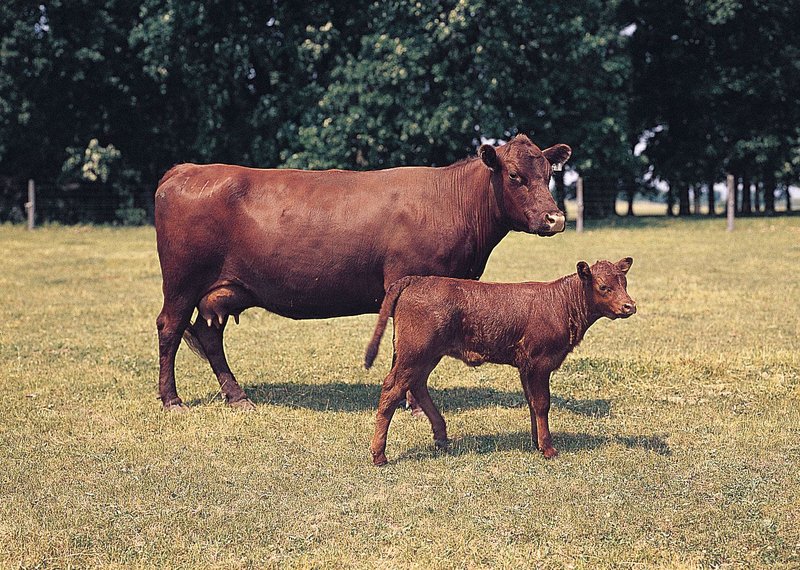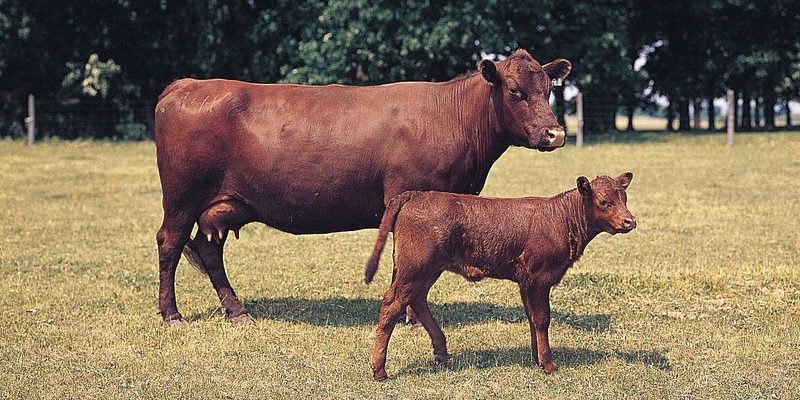
Let’s dive into the incredible journey of crocodile reproduction. From elaborate courtship rituals to the protective nature of the mothers, there’s a lot to unpack. Imagine you’re sitting across from me at a coffee shop, and we’re both intrigued by these ancient reptiles. The more you learn about them, the more you’ll appreciate their role in nature, particularly how they ensure the survival of their species.
The Crocodile Breeding Season
Breeding season for crocodiles varies by species and location but generally occurs during the warmer months. Here’s the thing: these reptiles are quite particular about timing. They often choose a specific time of year when water levels are optimal for nesting. This ensures that when the young hatch, they have a better chance of survival due to abundant food and suitable habitats.
Crocodiles tend to be opportunistic nesters. They’ll look for areas that provide cover and safety from predators. For example, some crocodile species create nests near riverbanks while others may choose to dig into sandy beaches. The choice of location is crucial since it plays a significant role in the survival of the eggs.
During breeding season, you might see male crocodiles engaging in some interesting behaviors to attract a mate. They’ll often display physical prowess by bellowing loudly or performing daunting movements in the water, showcasing their strength and health. It’s nature’s way of saying, “Pick me!”
Courtship Rituals Among Crocodiles
Crocodile courtship is a fascinating sight. It’s not all roaring and wrestling—there’s a bit of romance too! Males often perform elaborate courtship displays. They might swim around the females, bobbing their heads and creating rhythmic water splashes. Honestly, it’s like watching a dance where they showcase their best moves to win the heart of their partner.
Once a female shows interest, a pair may engage in what’s called “nuzzling.” This behavior involves gentle nudges and touches, which might seem cute but is essential for establishing a bond. After some time, the male will mate with the female, and this can happen multiple times over several days.
Females might also show a preference for larger males, as size often correlates with better genes and the ability to protect their young. This selection process is nature’s way of ensuring the strongest offspring survive in the wild.
Nesting Habits of Crocodiles
When it comes to nesting, female crocodiles are incredibly dedicated. Right after mating, they get to work creating a nest. Depending on the species, they may excavate a mound using their powerful jaws and limbs. Some species even use vegetation or mud to disguise their nests, making them less visible to potential predators.
Each nest typically contains around 20 to 60 eggs, although this can vary. The mother will then cover the eggs with sand or vegetation to help regulate temperature. You might be wondering how heat plays a role in this scenario. Well, the temperature of the nest can actually determine the sex of the hatchlings! Warmer temperatures generally produce males, while cooler temperatures lead to females. Talk about a natural twist!
The mother crocodile is quite protective, staying close to her nest and even defending it against predators. It’s a remarkable blend of fierce protectiveness and nurturing, showing the dual nature of these reptiles.
The Hatching Process
After about 60 to 90 days, the moment arrives—the eggs begin to hatch. The baby crocodiles make a series of distinct sounds while still inside the eggs, signaling to their mother that they’re ready to break free. This is an instinctive behavior that ensures she knows her hatchlings are emerging and helps synchronize their hatching.
When the eggs finally hatch, the mother carefully digs them up using her snout and assists the tiny hatchlings in getting out. This is a critical moment in their lives, as the first few hours are crucial for their survival. The mother will transport her vulnerable young to the water, where they can find protection and food.
Interestingly, once the babies are in the water, they’ll still rely on their mothers for a while. She stays close, protecting them from potential threats, including larger predators. It’s a great example of how even tough reptiles can exhibit nurturing behaviors.
Parental Care and the Young Crocodiles
Crocodile parenting doesn’t end at hatching. Mothers are known to be incredibly devoted. They often stay with their young for several months, defending them from danger and teaching them how to find food. In a world filled with predators, this maternal support increases the hatchlings’ chances of survival significantly.
During this time, you’ll find the mother using various vocalizations to communicate with her young. The hatchlings produce high-pitched cries, and the mother responds with low-frequency sounds, reassuring them that she’s nearby. It’s a bonding moment that symbolizes their connection, showing that crocodiles are more than just ferocious hunters; they have a softer side too.
As the young grow, they start to explore on their own, but they still rely on their mother’s guidance. Over time, they learn vital skills like hunting and evading threats. This nurturing phase is crucial in shaping their behavior as they prepare to live independently.
Challenges and Threats to Crocodile Breeding
While crocodiles have adapted well to their environments, they still face various threats that can impact their breeding success. Habitat destruction due to urban development and pollution poses significant risks. When habitats are altered, it can lead to fewer nesting sites and decreased food availability for both adults and hatchlings.
Moreover, climate change presents another challenge. Fluctuating temperatures can disrupt the precise conditions needed for successful nesting and hatching. With rising temperatures affecting the sex ratios of hatchlings, there’s increasing concern about the long-term viability of certain crocodile populations.
Additionally, human activities like hunting and poaching can drastically reduce populations. Conservation efforts play a critical role in protecting these magnificent creatures and ensuring that breeding populations remain healthy. With proper measures, we can support the survival of crocodiles and their unique reproductive behaviors.
The breeding and reproductive behavior of crocodiles is a rich tapestry of survival strategies, nurturing instincts, and adaptability. From their elaborate courtship rituals to the keen protection of their young, these ancient reptiles offer a window into nature’s wonders. Understanding their reproductive habits not only fosters appreciation for crocodiles but also highlights the importance of conservation efforts.
By recognizing the challenges they face, we can take steps to protect their habitats and ensure that future generations of these incredible creatures thrive. So, the next time you think of crocodiles, remember there’s so much more to them than just their fearsome reputation. These reptiles are a testament to resilience, survival, and the beauty of motherhood in the wild.

